Battle Dioramas at Newton City Hall
These impressively detailed battle scenes depict the violence and tragedy of war in miniature.
In the rear of the Newton, Massachusetts City Hall building, down a dimly lit corridor is a section of City Hall designated the “Veteran’s Wing.” Here, alongside display cases containing weapons, uniforms and other military artifacts, is a small rotunda housing four highly detailed dioramas depicting events from the Revolutionary War, the War of 1812, the Civil War, and World War I, sculpted by a soldier who actually fought in one of the wars.
The City of Newton engaged a local artist, Theodore B. Pitman, himself a World War I veteran, to create the dioramas in conjunction with the construction of the City Hall. Pitman operated a studio in Cambridge, Massachusetts with his partner, Samuel Guernsey, and gained a reputation as one of the leading diorama artists in the country.
The dioramas are displayed in large wall recesses with painted landscape backdrops and include over 200 handcrafted wax figures, each about five inches high. The scenes portrayed in the dioramas include George Washington reviewing his troops at Valley Forge, the USS Constitution’s naval battle with the HMS Guerriere, Pickett’s charge into the Union lines at Gettysburg, and American troops capturing a bombed out farmhouse along the Western Front in France.
Pitman’s Newton City Hall dioramas are vivid models, dramatically conveying the chaos and horror of combat. The displays portray soldiers in the midst of battle and include graphic depictions of the dead and wounded. In particular, Pitman’s scene of the Battle of Gettysburg illustrates the brutality of hand-to-hand combat as soldiers lunge at one other with bayonets or attempt to bludgeon the enemy with rifle barrels. The dioramas also depict several individual scenes amid the fighting, including the rescue of a wounded sailor from the rigging of Old Ironsides and a Union soldier grieving over his dead horse on the battlefield. In creating the dioramas, Pitman insisted on historical accuracy and his model soldiers and sailors exhibit exact replicas of each era’s uniforms and weapons. Pitman also traveled to Gettysburg and Valley Forge to ensure that his depictions of those sites matched the actual landscape.
Pitman was so skilled at recreation that he would later be recruited by the Office of Strategic Services (OSS), the predecessor intelligence agency to the CIA, to head their Camouflage Division, which was tasked with designing and fabricating items intended to conceal messages, propaganda materials, weapons, and explosives. Pitman spent World War II working with a team of artists and other skilled craftsman creating camouflage objects such as false bottom brief cases, hollowed out shaving kits, and fountain pens with secret compartments.
Unlike some of Pitman’s better known commissioned works, including dioramas of the Battle of the Alamo for the Dallas Historical Society, the building of the pyramids at Giza for the Boston Museum of Science and forestry scenes for the American Museum of Natural History in New York, Pitman’s Newton dioramas never enjoyed a wide audience due to their somewhat secluded location in City Hall. Not surprisingly, the dioramas have been neglected over the years. Fortunately, the City of Newton has recognized the need to preserve these unique displays and in late 2013 began the process to appropriate funds to restore the dioramas. With any luck, the residents of Newton will rediscover Theodore Pitman’s striking tribute to American servicemen residing in the corridors of City Hall.
The Atlas Obscura Podcast is Back!


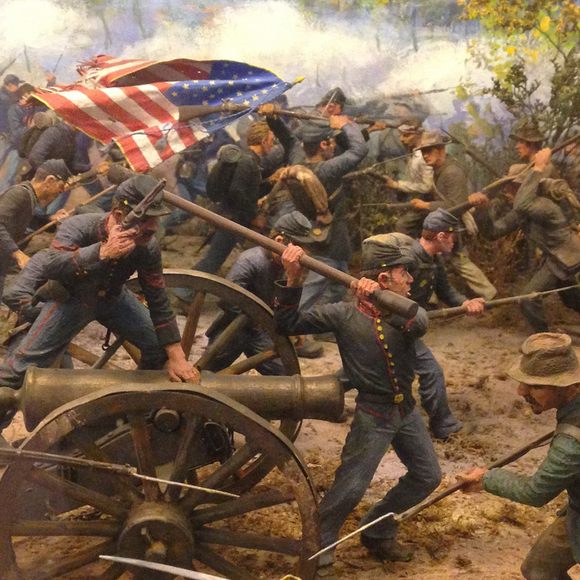

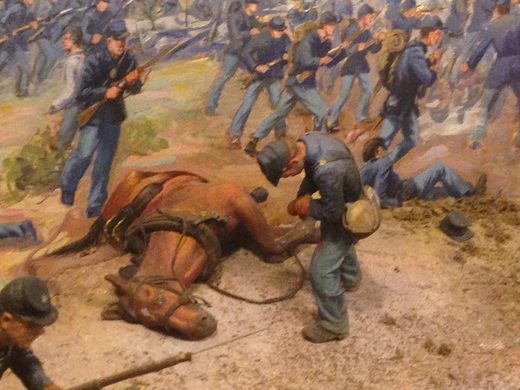
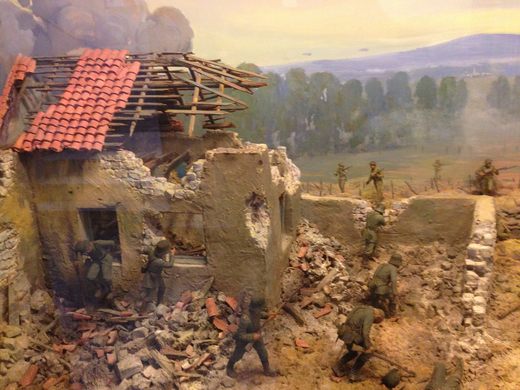
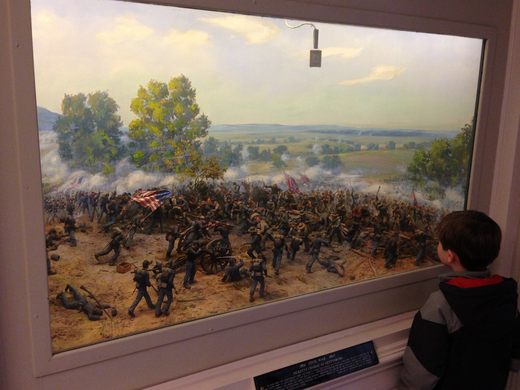
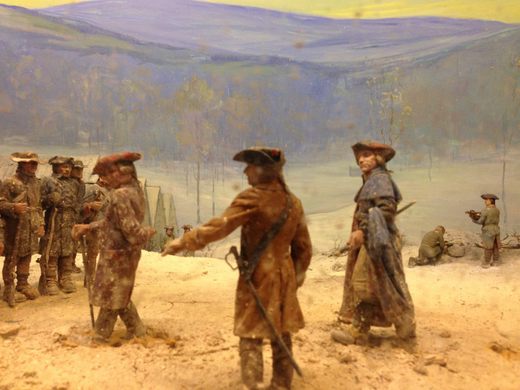






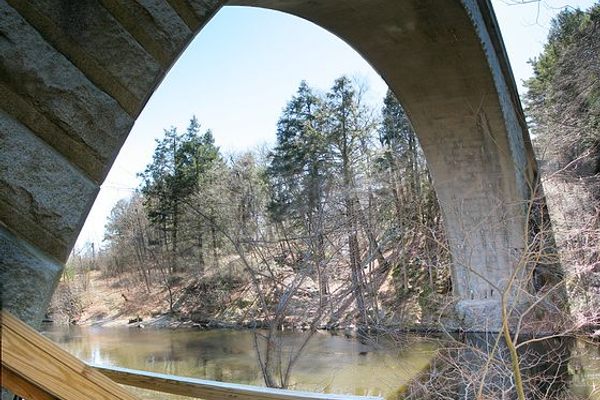




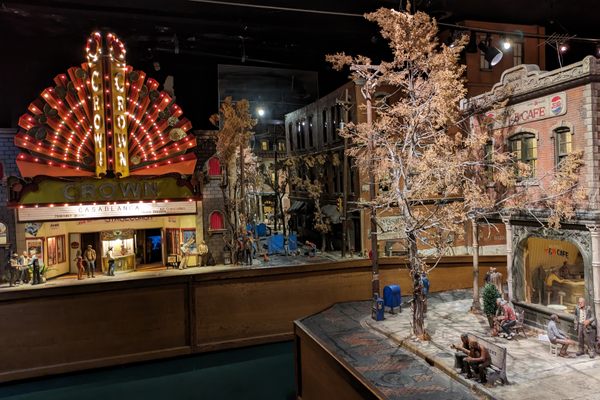

Follow us on Twitter to get the latest on the world's hidden wonders.
Like us on Facebook to get the latest on the world's hidden wonders.
Follow us on Twitter Like us on Facebook